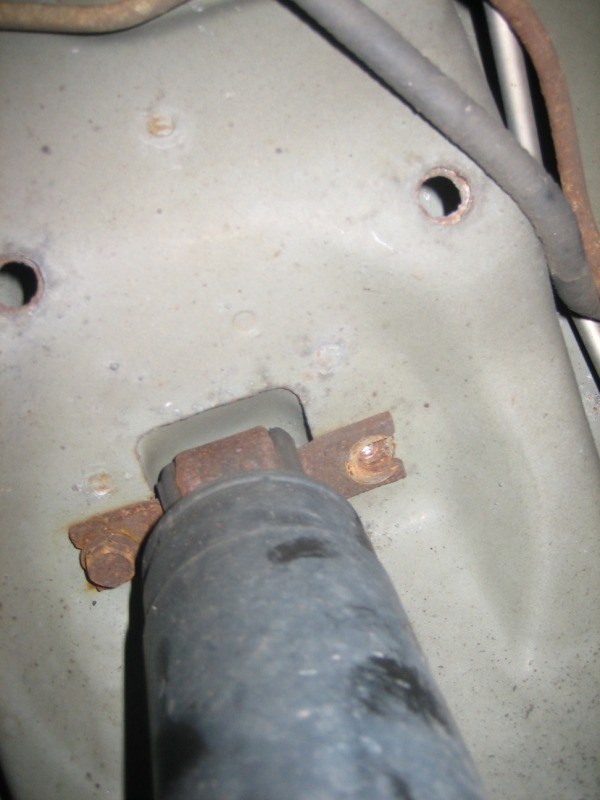anthrax323
NAXJA Forum User
- Location
- San Antonio, TX
Hey hey,
Well, I'm beginning to notice some "clunking" in the suspension of my 2001 XJ on some occasions, particularly when hitting bumps in which there is any resulting side-to-side energy transfer. On the front suspension, I found the problem and fixed it last night (worn/rotted sway bar bracket bushings), which was a fun 30 minute project that made things sound like new up there.
Unfortunately, the rear is still making a bit of clunking noises, and it seems to happen at a wider variety of speeds and under different conditions (pretty much any bump). I crawled around under the rear of the truck last night and didn't see anything awry (the rear sway bar bracket bushings looked perfectly healthy as well), so I'm at a bit of a loss. Are there any common points of wear/failure on the rear suspension setup that can result in clunking noises? I very well may not have been looking very hard, as I was exhausted and just getting home, but I'd appreciate any guidance you can give. Thanks!
Campbell
Well, I'm beginning to notice some "clunking" in the suspension of my 2001 XJ on some occasions, particularly when hitting bumps in which there is any resulting side-to-side energy transfer. On the front suspension, I found the problem and fixed it last night (worn/rotted sway bar bracket bushings), which was a fun 30 minute project that made things sound like new up there.
Unfortunately, the rear is still making a bit of clunking noises, and it seems to happen at a wider variety of speeds and under different conditions (pretty much any bump). I crawled around under the rear of the truck last night and didn't see anything awry (the rear sway bar bracket bushings looked perfectly healthy as well), so I'm at a bit of a loss. Are there any common points of wear/failure on the rear suspension setup that can result in clunking noises? I very well may not have been looking very hard, as I was exhausted and just getting home, but I'd appreciate any guidance you can give. Thanks!
Campbell


